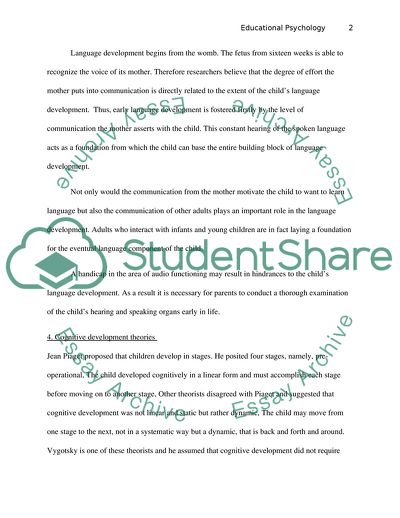Cite this document
(Educational Psychology Research Proposal Example | Topics and Well Written Essays - 4250 words, n.d.)
Educational Psychology Research Proposal Example | Topics and Well Written Essays - 4250 words. https://studentshare.org/psychology/1717132-psy-330-question-set-1
Educational Psychology Research Proposal Example | Topics and Well Written Essays - 4250 words. https://studentshare.org/psychology/1717132-psy-330-question-set-1
(Educational Psychology Research Proposal Example | Topics and Well Written Essays - 4250 Words)
Educational Psychology Research Proposal Example | Topics and Well Written Essays - 4250 Words. https://studentshare.org/psychology/1717132-psy-330-question-set-1.
Educational Psychology Research Proposal Example | Topics and Well Written Essays - 4250 Words. https://studentshare.org/psychology/1717132-psy-330-question-set-1.
“Educational Psychology Research Proposal Example | Topics and Well Written Essays - 4250 Words”. https://studentshare.org/psychology/1717132-psy-330-question-set-1.


